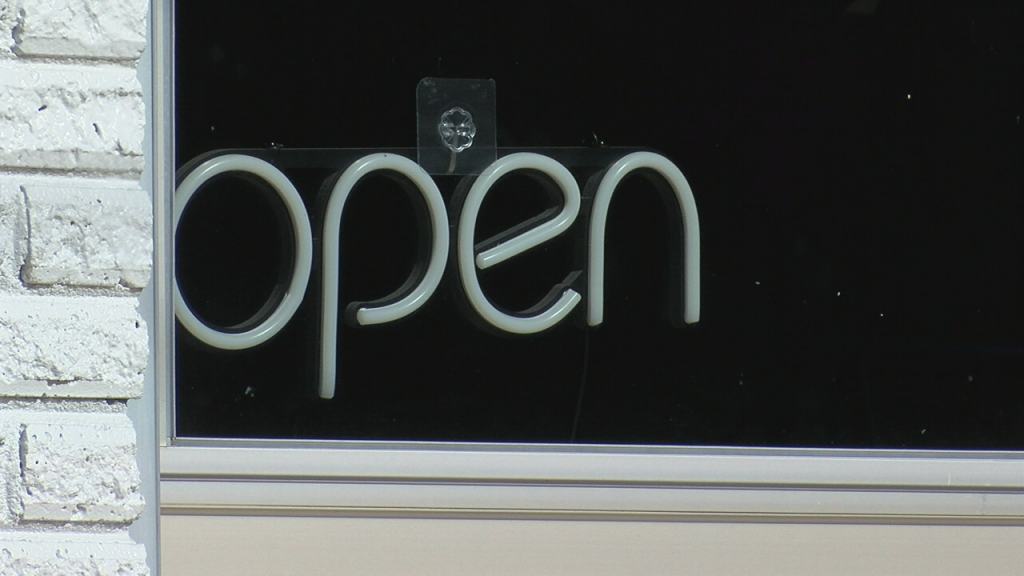Newspapers’ slow death product of suicide
A little joke has been floating around the news business for a while now: If newspapers go out of business, where will TV and radio stations get their story ideas? Of course, what makes most jokes funny is that bit of truth underlying the exaggeration. For generations, broadcasters around the world have indeed taken too many newspaper stories and repurposed them. It’s never been a great way to work. Not only do you want original content, but you want current content. Newspapers by definition are a record of history. They are yesterday’s news. And then came the Internet.
You have surely seen and heard a lot of news lately about the death of newspapers. This very day the Wilmington Star-News, oops, sorry… that’s StarNews now (I guess they’re hoping to save money on not having to print the hyphen?), printed its final edition in the Port City. Starting with Tuesday’s edition, the paper will be printed in Fayetteville and trucked back to town for delivery. It’s a cost-cutting move to help keep the paper running. That’s big, considering a lot of newspapers are shutting down altogether, or at least moving to online-only formats. And there is the Internet again.
A decade or so ago the Internet blasted on to the media scene changing the way we do just about everything, especially consuming news. The emerging format left media content providers trying to figure out how to navigate the information superhighway. Should we charge or offer content for free? Most pay sites found consumers unwilling to pay, especially when so much free content was available. TV stations figured out they could use the Internet as a way to reach more people, provide additional content or provide content on-demand. Newspapers found the same thing. The difference was that newspaper websites offered content for free that you would otherwise pay for at the newstand. It was a big gamble. It took a decade, but it looks like newspapers have lost the bet. Well, at least larger newspapers.
I think papers, like The Pender Post, Brunswick County’s Local News Review and the myriad other hometown newspapers, will thrive and even grow. You can’t get the content they provide on some global website. But the times have definitely changed in the news business. Many of us still remember the days when most cities had more than one paper. When I was a child in Pennsylvania, my parents subscribed to both the morning Philadelphia Inquirer and the afternoon Philadelphia Bulletin. I still remember when the Bulletin shut down in the early ’80s and my dad went down the driveway to the mailbox to take down the now unneeded Bulletin box attached to the pole. In 1985 we moved to Columbia, SC, home to The State each morning and The Columbia Record each afternoon. In fourth grade, my class took a field trip to the State-Record building the day of the Record’s final edition. I didn’t understand why employees were crying. I do now.
As afternoon papers died out, victims to the growth of evening TV newscasts, some merged with their morning competitors basically serving as updates, like the State and Record in Columbia or the Journal and Constitution in Atlanta. When I was a student at the University of Georgia, I once subscribed to the Atlanta Journal and Athens’s Banner-Herald, because they arrived midday (around the time I was awake and ready to read it) with some updates the Constitution and the Athens Daily News were too early to include. I think that was the last time I subscribed to a paper. Why pay for it when you can get it for free. And therein, again, is the problem.
Today there are still a few big cities, like New York, Philadelphia, Washington and Chicago with multiple papers. In New York, papers like the New York Times and the Daily News are competitors. In Philadelphia, the Inquirer and the Daily News are owned by the same company, which is struggling to stay afloat. Supposedly Philadelphia Newspapers, LLC, plans to start charging per click on its website philly.com. I’m an avid reader of that site for its sports coverage. If does start charging, I’ll likely turn elsewhere to find similar free content. The double-edge sword of the Internet.
As I said, the gamble by newspapers to offer its content for free turned out to be a bad one that could get worse as some try to charge for online offerings. It’s the old problem of putting the toothpaste back into the tube. And it could be just as messy. Newspapers everywhere are hemoraghing money, but the wound was self-inflicted. Some are moving toward the TV station model: Fewer people doing more jobs to offer more content on more platforms. TV stations offer text versions of their stories online. Some newspapers are trying to add video versions of their stories on the web. To be honest, neither does the other’s job particularly well.
There are many uncertainties in our economic environment. We in the media, who depend so much on advertisers supporting us and you supporting those advertisers, are feeling just as much as anyone. It is a scary time to work in news. I wish stations and newspapers and all the people who work for them the best of luck weathering the storm. After all, my career, and that of so many other people, depends on it.





Leave a Reply